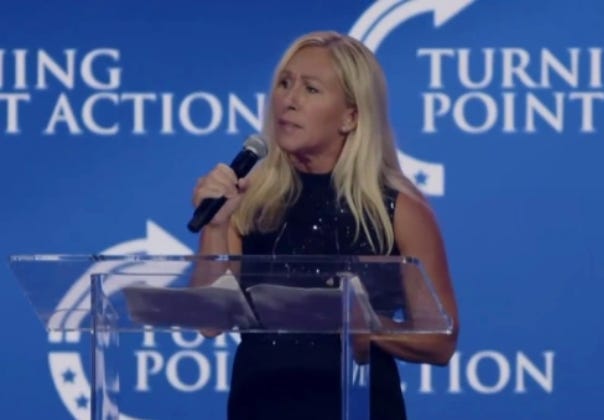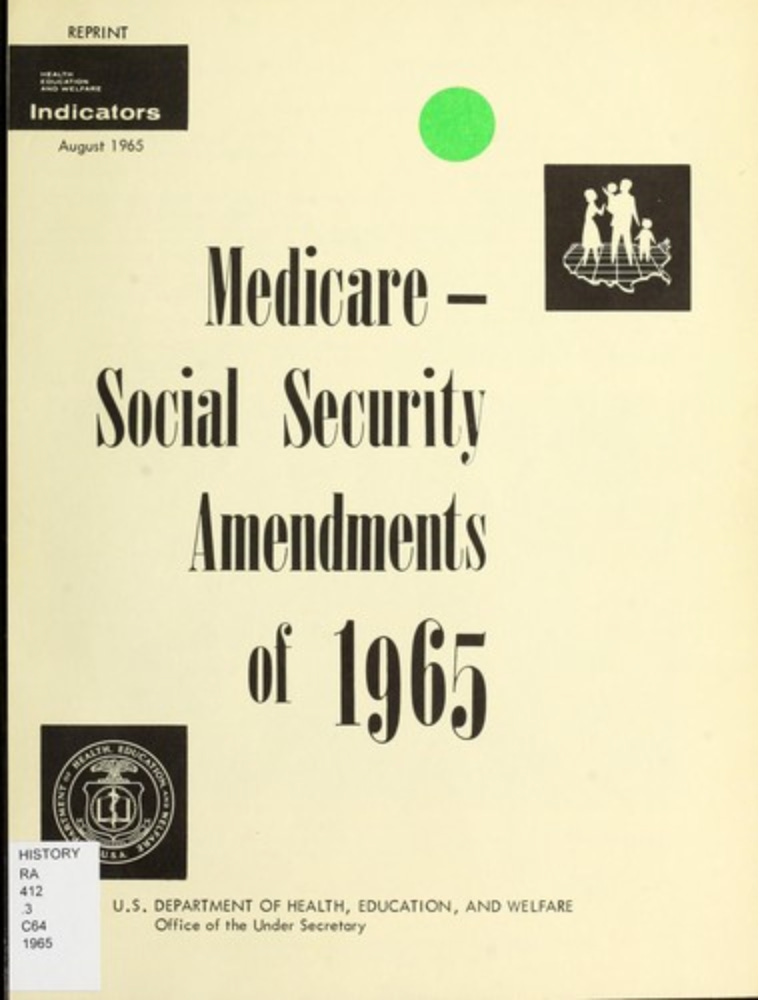A few days ago, Rep. Marjorie Taylor Greene warned the right-wing crowd at the Turning Point USA conference that President Joe Biden “is actually finishing what FDR started, that LBJ expanded on,” singling out “programs to address education, medical care, urban problems, rural poverty, transportation, Medicare, Medicaid, labor unions” and more.
It was a bizarre “warning,” as it linked Biden to some of the most popular government programs of the modern era. Indeed, in a surprisingly deft turn, the White House took Greene’s rant and used it as narration for an effective pro-Biden ad.
With both sides framing progressive government programs as a clear continuum — either one to be feared or one to be favored — it’s worth noting that’s not entirely true.
If we compare the first two links in this chain, “what FDR started, that LBJ expanded upon,” we can see both continuities with the past and clear breaks, too.
Some of the biggest accomplishments of the Great Society were simply extensions of New Deal programs, in some cases quite literally. Medicare and Medicaid, for instance, were officially amendments to the Social Security Act of 1935.
Other Great Society accomplishments reached back to even earlier antecedents.
The New Dealers had studiously avoided the thorny issue of civil rights, for instance, so the Voting Rights Act of 1965 was formally framed as “An Act to enforce the fifteenth amendment to the Constitution of the United States.”
It’s tempting to take these continuities as the drafters of such legislation intended them to be seen — as natural, even inevitable, extensions of established and accepted measures — and extrapolate that to see the entire Great Society as merely an extension and expansion of the New Deal.
Even leaving aside the issue of civil rights, there were some clear differences in the ways the New Deal and the Great Society tackled basic problems.
Reformers in both era were concerned with alleviating poverty, for instance, but they went about it in very different ways. And for obvious reasons — during the New Deal, poverty was widespread due to the complete collapse of the economy and the government had to step in to revitalize private industry as well as put people to work on government projects; in the Great Society, the American economy was booming, so the government didn’t need to take drastic steps to fill the vacuum and merely needed to find a way to make its windfalls more widespread.
And different contexts meant different programs.
For instance, when LBJ’s Secretary of Labor Willard Wirtz proposed addressing poverty with a massive New Deal-style public works program that would cost between $3 billion and $5 billion, Johnson refused to entertain the idea. “I have never seen a colder reception from the president,” a staffer noted. He gave an “absolute blank stare” that told the room to move on to other ideas.
So, yes, whether you’re worried about it or rooting for it, there are continuities between progressive programs put forth in FDR’s New Deal, LBJ’s Great Society and, maybe or not, Biden’s unfolding agenda too. But there are also key differences, due to changing circumstances and changing needs.
The past can be a helpful guide, but it doesn’t dictate the present or the future. Sometimes it’s an echo of the New Deal. Sometimes it’s an entirely new deal.






